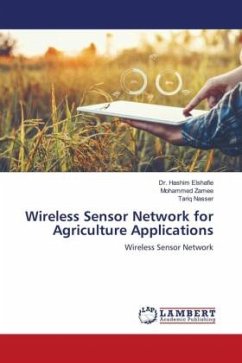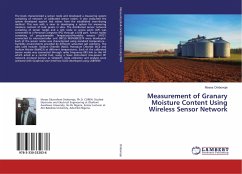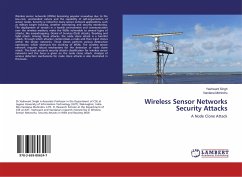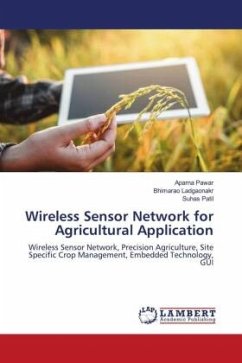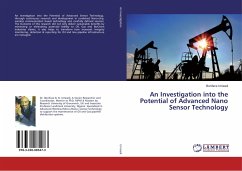Wireless Sensor Network (WSN) connects the physical and computational world by monitoring environmental phenomena through ubiquitous devices called sensor nodes or motes. The agriculture production process is affected by different factors such as temperature, light, soil humidity, soil moisture. Precision agriculture is a field which provides suitable scenarios for the deployment of wireless sensor networks (WSNs). WSNs provide accurate information about environmental characteristics to farmers. This knowledge represents a valuable resource because it helps in real-time decision making. There are different types of problems and one of the main problems is the water shortage. Farmers crops are unreliable due to the variability in rainfall amount as well as its distribution. This project has been described the use of wireless sensor networks(WSN) to improve water management and for controlling other parameters such as temperature, light, humidity, moisture. wireless sensor network(WSN) and other agricultural techniques might help farmer to utilize and store the available water, improve their crop productivity, reduce the production cost and instead of depending just on prediction WSN make use of real time values, using Arduino UNO, sensors, LCD.
Bitte wählen Sie Ihr Anliegen aus.
Rechnungen
Retourenschein anfordern
Bestellstatus
Storno

